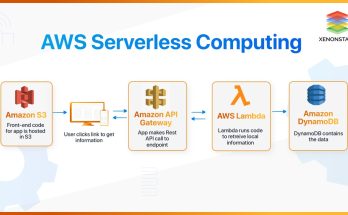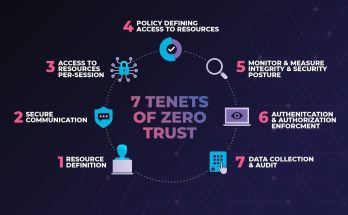## Voice Assistants: Navigating the Delicate Balance Between Privacy and Convenience
In the modern digital landscape, voice assistants have seamlessly integrated themselves into our daily lives, transforming how we interact with technology. From setting alarms and playing music to controlling smart home devices and providing instant information, these AI-powered companions offer a level of convenience that was unimaginable just a few years ago. Yet, as these ubiquitous devices become ever more intertwined with our routines, a significant and often disquieting question emerges: at what cost does this convenience come to our personal privacy? The relationship between voice assistants, their developers, and our data is a delicate tightrope walk, demanding careful consideration from both consumers and industry.
The appeal of voice assistants is immediately apparent. Imagine waking up and simply asking your smart speaker for the day’s weather forecast without lifting a finger, or requesting a specific song while cooking without touching a greasy screen. For those with mobility challenges, they offer unprecedented accessibility to information and control. The hands-free operation and natural language interface make technology feel less like a tool and more like an intuitive extension of our intentions. This ease of interaction has propelled voice assistants into millions of homes, vehicles, and even workplaces, promising to streamline tasks and enhance daily efficiency. The convenience they offer is not merely a luxury; for many, it genuinely simplifies complex digital interactions and automates mundane tasks, freeing up valuable time and cognitive load.
However, this profound convenience is intrinsically linked to a foundational requirement of how voice assistants function: **constant listening**. To respond to a wake word (like “Hey Google” or “Alexa”), these devices must continuously process ambient audio, distinguishing between background noise and a command intended for them. While companies affirm that recordings are only initiated *after* the wake word is detected, this continuous listening raises legitimate privacy concerns. The idea that a device in one’s private space is always “on call” can feel unsettling, sparking anxieties about accidental activations, potential misinterpretations, or even deliberate surveillance, however unlikely.
Beyond the constant listening, the actual **processing and storage of voice data** form the crux of the privacy debate. When a command is given, the audio recording is typically sent to cloud servers for processing, allowing the AI to understand the request and generate a response. This data transmission is often encrypted, but the fact that personal voice commands – which can reveal intimate details about one’s routines, interests, relationships, and even health – are leaving a private space and being stored on remote servers is a significant point of contention. Companies argue this data is crucial for improving the accuracy of their AI models through machine learning, training the algorithms to better understand accents, nuances, and commands. However, the exact extent of data retention, who has access to it, and for what purposes it might be used often remain opaque to the average user.
Compounding this concern is the practice of **human review of voice recordings**. It has been revealed that human contractors and employees sometimes listen to anonymized (or purportedly anonymized) snippets of voice recordings to correct AI interpretations and refine the system’s accuracy. While crucial for improving the service, the thought of a stranger listening to personal commands, even if anonymized, can feel like a profound invasion of privacy. Although companies have adjusted their policies in response to public outcry, offering more transparency and opt-out options for human review, the initial revelations underscored the hidden aspects of data processing that consumers might not readily grasp.
The potential for **unintended data collection** further complicates the privacy picture. What if a voice assistant accidentally records a private conversation not intended for it? What if sensitive information is discussed in the background during a legitimate command? While companies claim to filter out non-command audio, the fallibility of technology means that errors can occur, leading to the inadvertent capture of highly personal moments. Moreover, the integration of voice assistants with other smart home devices means that a single command can trigger a chain of actions that might reveal patterns of behavior, occupancy, and preferences, painting a detailed picture of a household’s daily life.
So, how do we navigate this delicate balance? For consumers, **informed consent and proactive management** are key. Understanding the privacy policies of voice assistant providers, adjusting privacy settings to limit data retention or opt out of human review, and being mindful of where and how these devices are used are crucial steps. Placing devices in less private areas of the home, muting microphones when not in use, and regularly deleting voice history can help mitigate risks.
For businesses developing and deploying voice assistants, the imperative is to prioritize **transparent data practices, robust security, and user control**. Clearly communicating what data is collected, how it is used, and offering granular controls over privacy settings will build trust. Investing in “edge AI” – processing more commands directly on the device rather than in the cloud – can reduce data transmission, while continually refining AI to minimize accidental recordings is also vital. The future success and widespread acceptance of voice assistants hinge not just on their convenience, but on their ability to assuage privacy fears and demonstrate a genuine commitment to safeguarding user data. The conversation isn’t about choosing one over the other, but about meticulously designing and utilizing technology that respects our privacy while still delivering the seamless convenience we crave.



